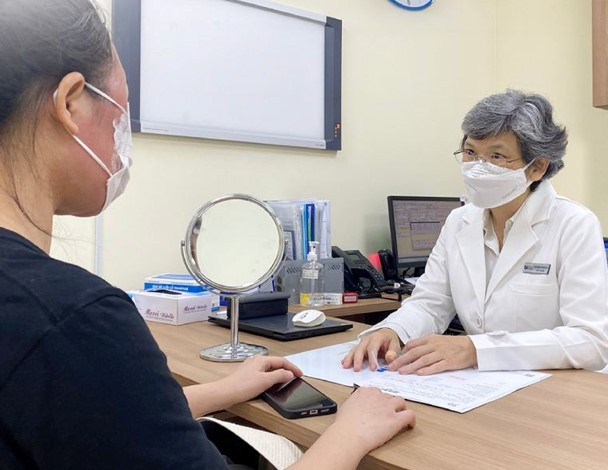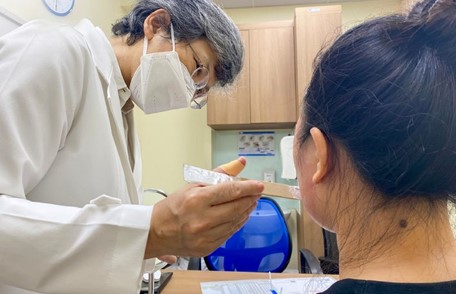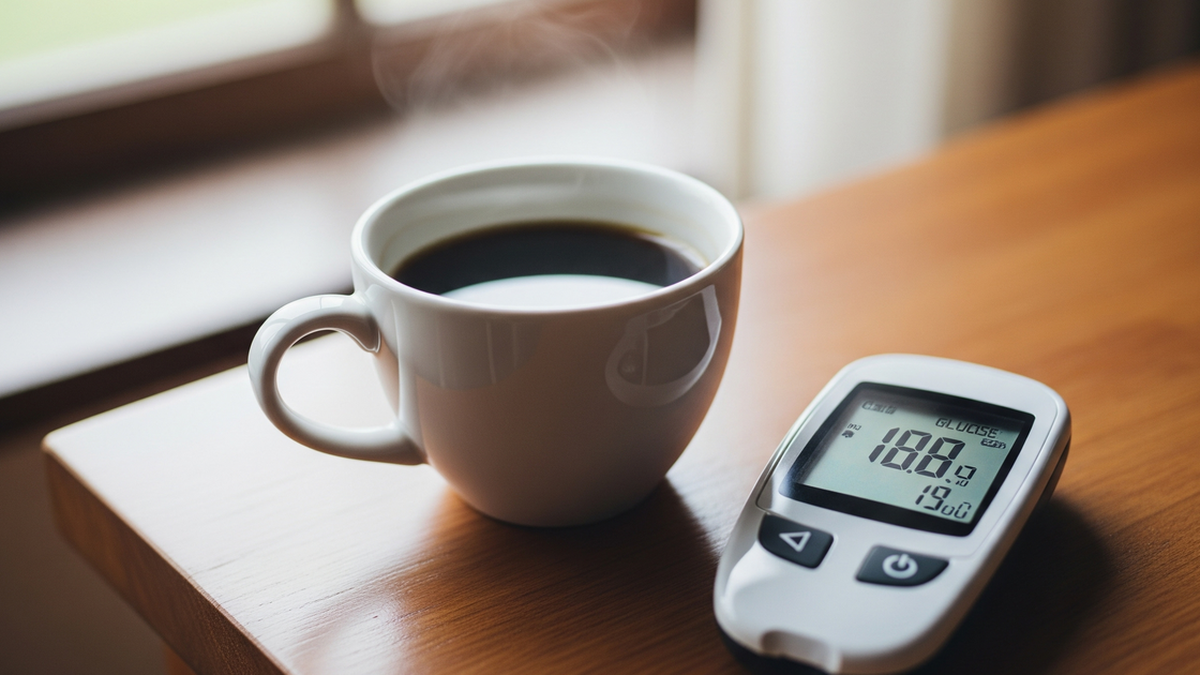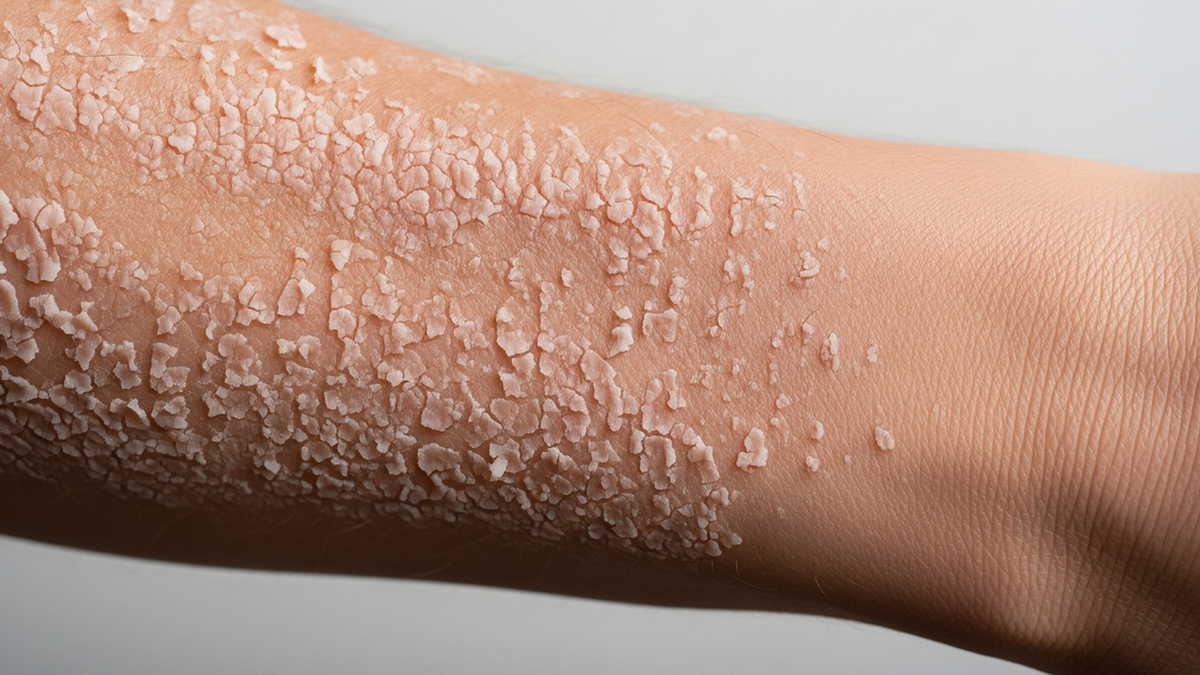Face swollen due to acid beauty treatment
Recently, the Department of Dermatology - Skin Aesthetics, Tam Anh General Hospital, Ho Chi Minh City received a patient, Ms. TAN (35 years old, Ho Chi Minh City) with a swollen face, squinted eyes, tight, red skin.
Ms. N. said that for the past 2 months, her skin has been rough and has some black spots. Seeing information online about a product that regenerates skin using acid at home, advertised as rejuvenating and removing wrinkles and dark spots, she bought it and used it for a course of 3 treatments, 2 weeks apart. "I'm not sure about the ingredients in the product," Ms. N. said.

Dr. Ngoc Bich determined that the patient had suffered a chemical burn and had been left for too long. (Photo: BVCC).
Ms. N. said that when she first bought it, she applied this product to her face and left it on for 8 hours, then used a soothing serum. Her skin was fresh, bright, and smooth right away. But the second time, when she applied a larger amount and left it on for 8 hours, her face started to break out in tiny red rashes.
She used a soothing serum for 2 days, and the condition improved. On the third time, she continued to leave the acid on her skin for 8 hours. At this point, her skin was burning and red all over her face. She used a soothing serum and a cool mask, but her face continued to swell.
Dr. Ngoc Bich determined that the patient had skin burns due to an overdose of chemical peeling (skin resurfacing with chemicals) and leaving it on for longer than the allowed time (usually 3 minutes - 10 minutes).
Do not peel your skin at home.
Dr. Dang Thi Ngoc Bich said that skin peeling uses acid to destroy the outermost cells of the skin. This layer of skin will be naturally regenerated. Active ingredients commonly used for skin peeling include: Salicylic Acid (BHA), Glycolic Acid (AHA), Trichloroacetic Acid (TCA), Retinol... Skin peeling has a short treatment time, quick recovery time, is painless, low cost, and helps the skin to be radiant, bright, and full of vitality. However, not all skin types can be peeled.

Dr. Dang Thi Ngoc Bich applies soothing medicine to Ms. N. (Photo courtesy of BVCC).
The time chemicals stay on the skin varies depending on the type of chemical and concentration... At the Dermatology - Skin Aesthetics department, the skin peeling process is strictly followed, nurses closely monitor the client's skin after applying the chemicals. When there are signs of reaching the treatment's effectiveness (endpoint), the doctor will neutralize the remaining chemicals on the skin, apply a moisturizer with skin-restoring and regenerating ingredients... to help the skin heal quickly.
Skin peeling is indicated in the following cases: melasma, freckles, age spots, acne, acne scars, seborrheic keratosis, actinic keratosis, aging skin, shallow wrinkles, large pores, keratosis pilaris...
Skin after peeling is sensitive and fragile. Therefore, women should use sunscreen daily, apply 30 minutes before going out and wear a hat, mask, and cover up carefully to avoid increased pigmentation or more severe dark spots.
Dr. Ngoc Bich warns that with the upcoming Christmas and New Year holidays, women's need for beauty is increasing. Women should be careful when choosing skin care and beauty products. With any type of skin peel, women need to see a dermatologist - Aesthetic Dermatologist to determine their skin condition, choose the appropriate chemical peel or use another method.
Women should not peel their skin at home, especially those with sensitive skin. After peeling, if the skin becomes red, swollen... you need to see a dermatologist - Aesthetic Dermatologist for timely treatment to avoid more serious damage that is difficult to recover.
Le Trang
Source
























![[Photo] National Assembly Chairman attends the seminar "Building and operating an international financial center and recommendations for Vietnam"](https://vphoto.vietnam.vn/thumb/1200x675/vietnam/resource/IMAGE/2025/7/28/76393436936e457db31ec84433289f72)












































































Comment (0)